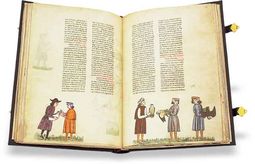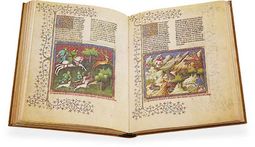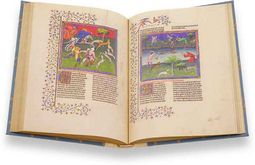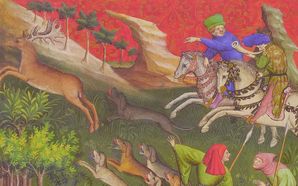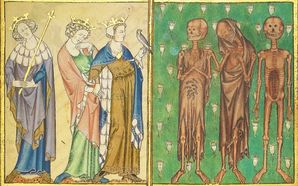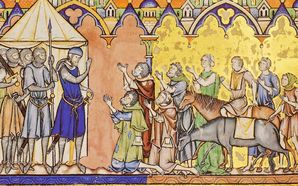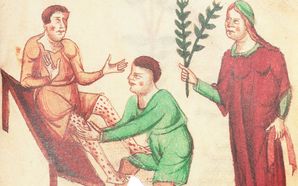Hunting
Medieval hunting manuscripts like Livre de la chasse by Gaston Phoebus continue to enjoy great popularity for a number of reasons: they include some of the most accomplished miniature painting of the Middle Ages, contain countless details of medieval life, and what is even more rare, were mostly written by aristocratic authors, e.g. De Arte Venandi cum avibus, a treatise on falconry by Emperor Frederick II.
These manuscripts were not only created as works of art, but were practical textbooks on hunting techniques containing pseudo-scientific observations on game animals, as well as the selection and care of horses, dogs, and falcons. As such, many of these works continued to be consulted well into the 19th century. These manuscripts also provide evidence that the hunt was not restricted to men only, but was an important social event in which women also actively participated.
Demonstration of an Example Page
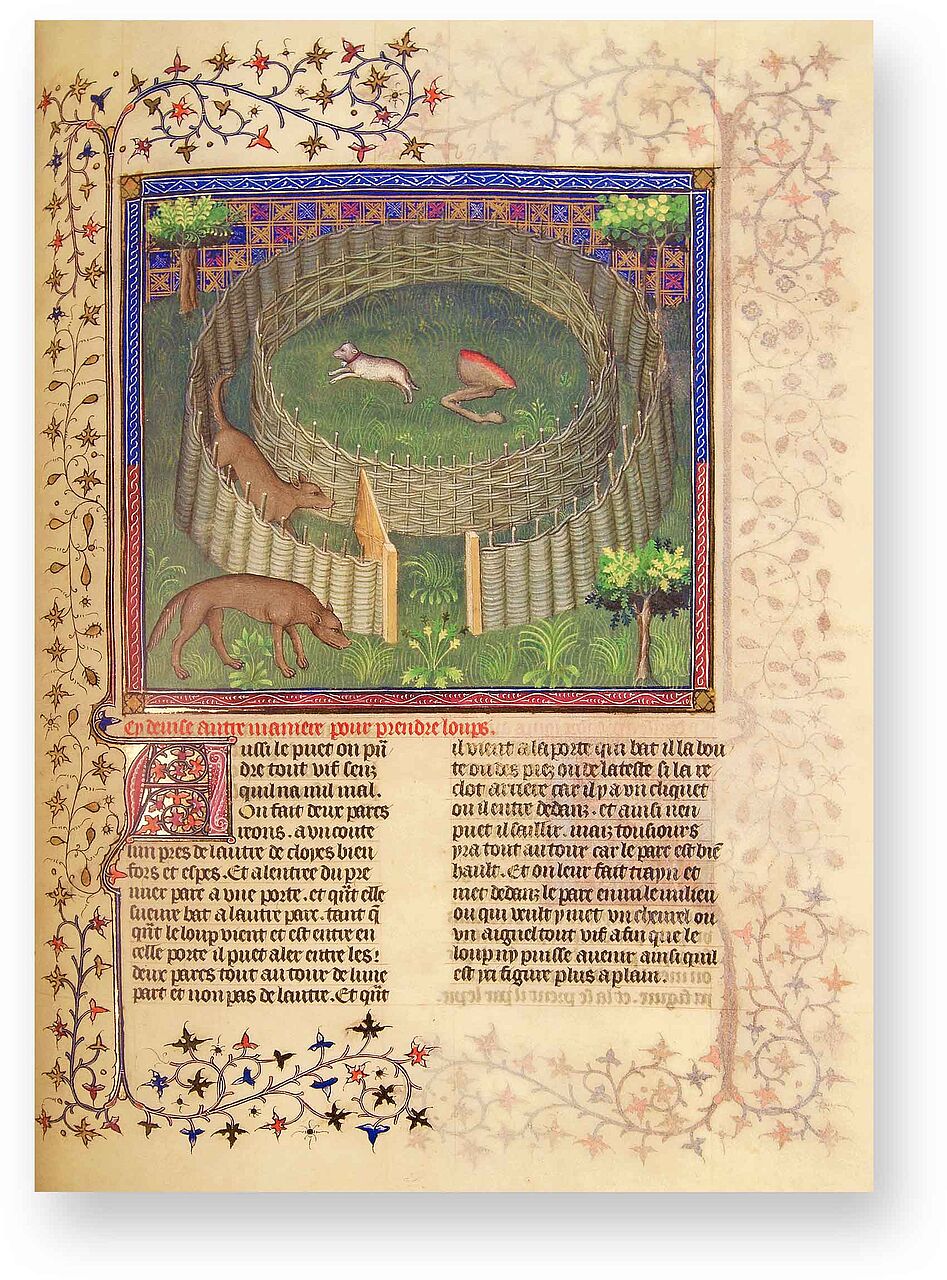
Gaston Phoebus – The Master of Game
A Trap for Wolves
The great unsung struggle of the Middle Ages was the war against wolves – the forests of medieval Europe were overrun with vicious packs of wolves that preyed upon farm animals and people alike. Trapping and killing wolves was vital for the survival of a community, and one of the methods for doing so is shown here in gorgeous detail.
Enclosed within a wattle fence in the middle, we see either a lamb or sheep along with the severed haunch of an animal – perhaps a deer – as bait. One wolf has been drawn into the outer wattle fence and is now trapped between the concentric circles as his comrade looks on helplessly. The miniature’s patterned background, floral marginalia, and splendid initial with gold leaf are all typical for this masterful manuscript.

